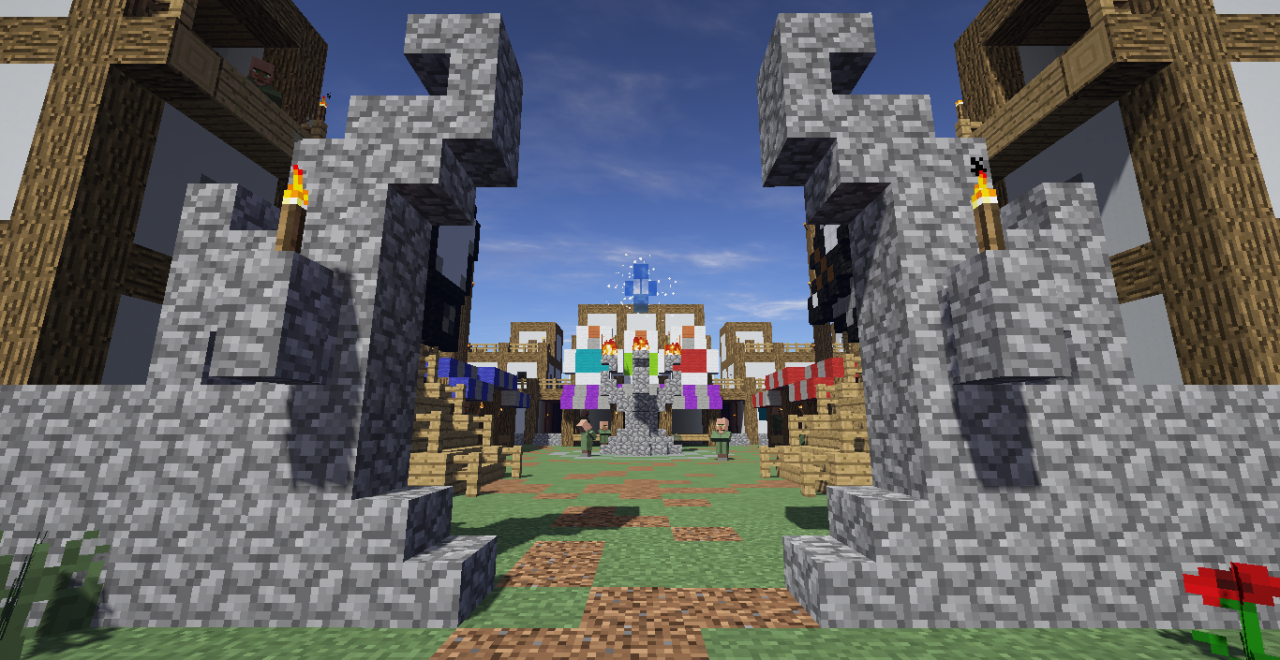

Using the block ID selection tool, select “Water” as what you want to find and “Lava” as what you want to replace it with, and click “Replace.” Don’t worry that the entire selection area will then look like Lava, it will only find and replace the blocks you specify.īoom! One giant lake of Lava blocks, no sweat required. Select the fourth item on the quick-access toolbar and press the “R” key to toggle it from the Fill mode to the Replace mode. We’re going to do something a little more simple and time saving: block replacement. You can copy it, cut it from the landscape altogether, and even export it to save for another map (or later insertion into this map). Once the object is selected you can perform a variety of tasks on it. If you were a few blocks short on any given side, use the “Nudges” buttons just above the quick-access toolbar to nudge the boundaries of your selection. Remember, the selection should be 3D if you’re working with something like a pond, so be sure to fly around it and make sure you’ve make your selection deep enough to contain the whole object you’re working with.

First we’ll fly over to the lake in the editor and select it just like we selected things in WorldEdit by using the selection tool to select the opposite corners of the space we wish to work in. The first change, the lava lake, is a pretty simple task so let’s attend to that first as an example of the kind of simple (and time saving) editing MCEdit can help with. Here’s the view from around 40 blocks below the Mooshroom Island bridge. After all you can’t just fly beneath the ocean in Minecraft and look around the cave structures with ease like you can in MCEdit. Although the view looks the similar and the tools are arranged along the bottom of the screen, and you can even move using the WASD keys and mouse, that’s largely where the similarities end. Second, the most popular tools are laid out in a quick-access toolbar just like they are in Minecraft. First, the view looks a whole lot like the regular view in Minecraft. Here’s what the pair of Mooshroom Islands (now linked by the bridge we built in World Edit tutorial) look like when loaded in MCEdit.Ī few things likely stand out to you immediately. Let’s load up the same map we used to test the AMIDST program and World Edit, so we can pay a visit to old Mooshroom Island again. You can create a brand new world to play around with, load a world (it will open the default Minecraft /saves/ directory on your computer) or use the “Open a level…” button to select a specific level.DAT file wherever it may be located on your computer. When you first run the application you’ll be greeted with a Spartan looking screen. The opening screen for MCEdit looks deceptively simple given the power of the MCEdit app itself. Once the files are extracted, run the MCEdit executable to get started. Linux users can visit the Github page for MCEdit and follow the instructions there.
MINECRAFT WORLD EDIT FILR LOCATION WINDOWS
Installation for Windows and OS X users is just extracting the.ZIP file to the location of their choice.
MINECRAFT WORLD EDIT FILR LOCATION INSTALL
Linux users have it a little trickier, they’ll need to use the GIT system to download and install the latest binaries. Windows and OS X users have it pretty easy: just grab the most recent binary and download it. Head over to the MCEdit website and grab the most recent release for your operating system. Let’s install MCEdit and take it for a spin. Better yet, the process of doing so is really simple. MCEdit gives you the power to export and import your creations with ease, effectively building a library of both your own cool constructions and those you’ve downloaded from the Internet.

Never again will you build something amazing on one map only to find another map later you wish you’d built it on. We want to emphasize the export/import bit again because it resolves one of the greatest frustrations in the Minecraft universe.


 0 kommentar(er)
0 kommentar(er)
